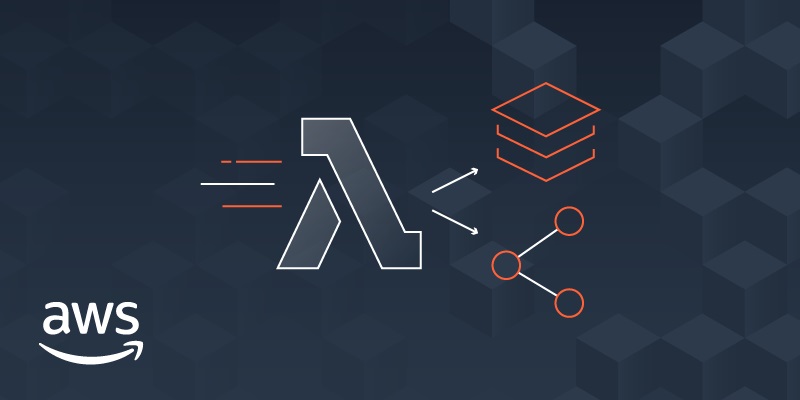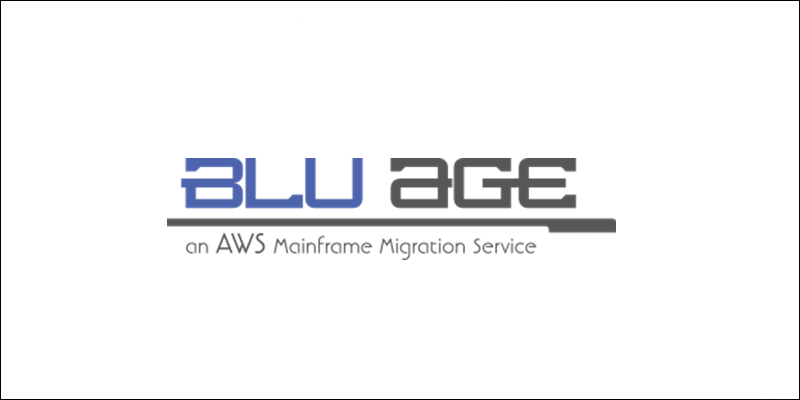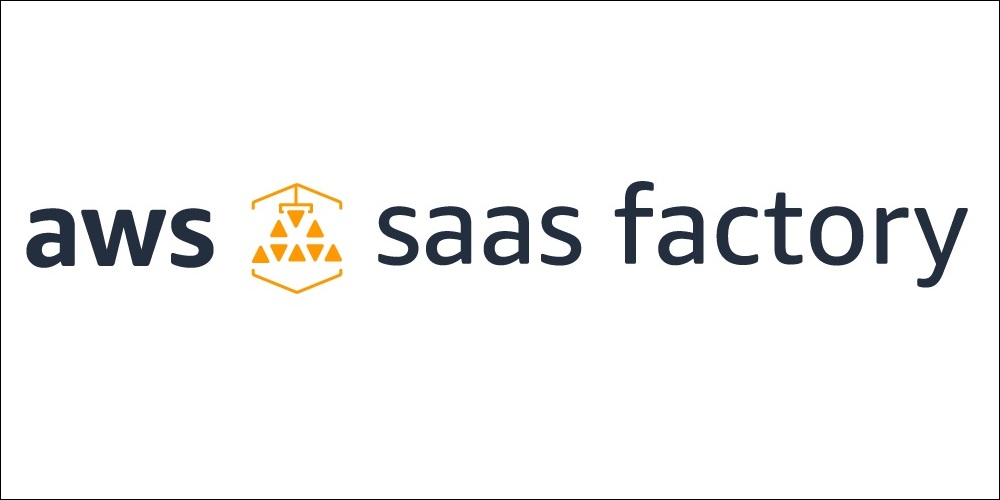AWS Partner Network (APN) Blog
Category: AWS Lambda
AWS Service Ready Helps Customers Find Validated Products That Integrate with AWS Services
Before making a purchasing decision, AWS customers tell us they want to know if a tool or application will integrate with AWS services running in their cloud environment. To meet this need for customers, we are excited to introduce AWS Service Ready. This program identifies and validates products from APN Technology Partners that integrate with specific AWS services, and recommends these products to customers.
Building Self-Healing Infrastructure-as-Code with Dynatrace, AWS Lambda, and AWS Service Catalog
In this post, we demonstrate how using Dynatrace, AWS Lambda, and AWS Service Catalog, customers can build a workflow to initiate the required incident response action to the problems detected by Dynatrace AI, which detects and triggers a problem notification when an end user is impacted with the real user experience, service level agreements (SLAs), or service availability due to the underlying system resources. Dynatrace is an AWS Competency Partner.
APN Partners Offer Lambda Layers and Custom Runtimes
At AWS re:Invent 2018, the AWS Lambda team launched Lambda Layers and the Lambda Runtime API. Lambda Layers enables you to centrally manage code and data that is shared across multiple functions. And the Runtime API provides a simple interface to use any programming language, or a specific language version, for developing your functions. APN Partners were integral to making these launches a success, providing both Layers and runtimes that help customers build on serverless.
AWS Lambda Custom Runtime for PHP: A Practical Example
The new AWS Lambda runtime API and layers capabilities give us the ability to build a clean, supportable implementation of PHP on Lambda of our own. We’ll take a brief look at the overall workflow and runtime lifecycle, and then show you one way to build a PHP runtime to start powering your PHP applications on AWS Lambda. Not a PHP developer? You can adapt the examples in this guide to build a custom runtime in your language of choice.
How to Migrate Mainframe Batch to Cloud Microservices with AWS Blu Age
While modernizing customer mainframes, the team at AWS Blu Age discovered that Batch can be a complex aspect of a mainframe migration to AWS. It’s critical to design your AWS architecture to account for the key Batch stringent performance requirements such as intensive I/Os, large datasets, and short durations. Let’s explore how to migrate mainframe Batch to AWS microservices using AWS Blu Age automated transformation technology.
Testing AWS GameDay with the AWS Well-Architected Framework – Continued Remediation
This is the third post in our series documenting a project to fix issues with the AWS GameDay architecture by using tenets of the AWS Well-Architected Framework. In Part 2, we remediated the critical findings found in our initial review and here we’ll cover remediating the deficiencies found in our Disaster Recovery plan, as well as other optimizations we’ve made due to recent announcements. We will also discuss how to address another crucial component in our application development—testing.
How to Ingest TBs of Data into Splunk with AWS Serverless Applications
At AWS re:Invent 2017, we introduced the AWS Serverless Application Repository that enables AWS customers to easily discover, deploy, and publish serverless apps for data processing, stream processing, Internet of Things (IoT) device data telemetry, and more. The Splunk AWS Serverless Applications are available from the AWS Lambda console and allow customers to ingest TBs of data into Splunk. Check out the Splunk serverless apps that are open-sourced to dive deeper, including the underlying AWS SAM template.
Testing AWS GameDay with AWS Well-Architected Framework – Remediation
This is the second post in our series documenting a project to fix issues with the GameDay architecture by using tenets of the AWS Well-Architected Framework. We cover the steps it took to fix the critical findings identified by the review team. As noted in Part 1 of the series, the review team delivered a list of critical findings we needed to prioritize, as well as a list of non-critical ideas that we should consider in our roadmap.
How an investment firm collaborated with HashiCorp and AWS to enhance their secrets management
Bridgewater Associates, based in Westport, CT, is a major investment management firm with more than $150 billion in assets that it manages for a global customer base of pension funds, endowments, foundations, central banks, and national governments. It is also an Amazon Web Services (AWS) customer that we’ve worked closely with over the past year […]
Building Serverless SaaS Applications on AWS
SaaS solutions often present architects with a diverse mix of scaling and optimization requirements. With SaaS, your application’s architecture must accommodate a continually shifting landscape of customers and load profiles. The number of customers in the system and their usage patterns can change dramatically on a daily—or even hourly—basis. These dynamics make it challenging for SaaS architects to identify a model that can efficiently anticipate and respond to these variations.







